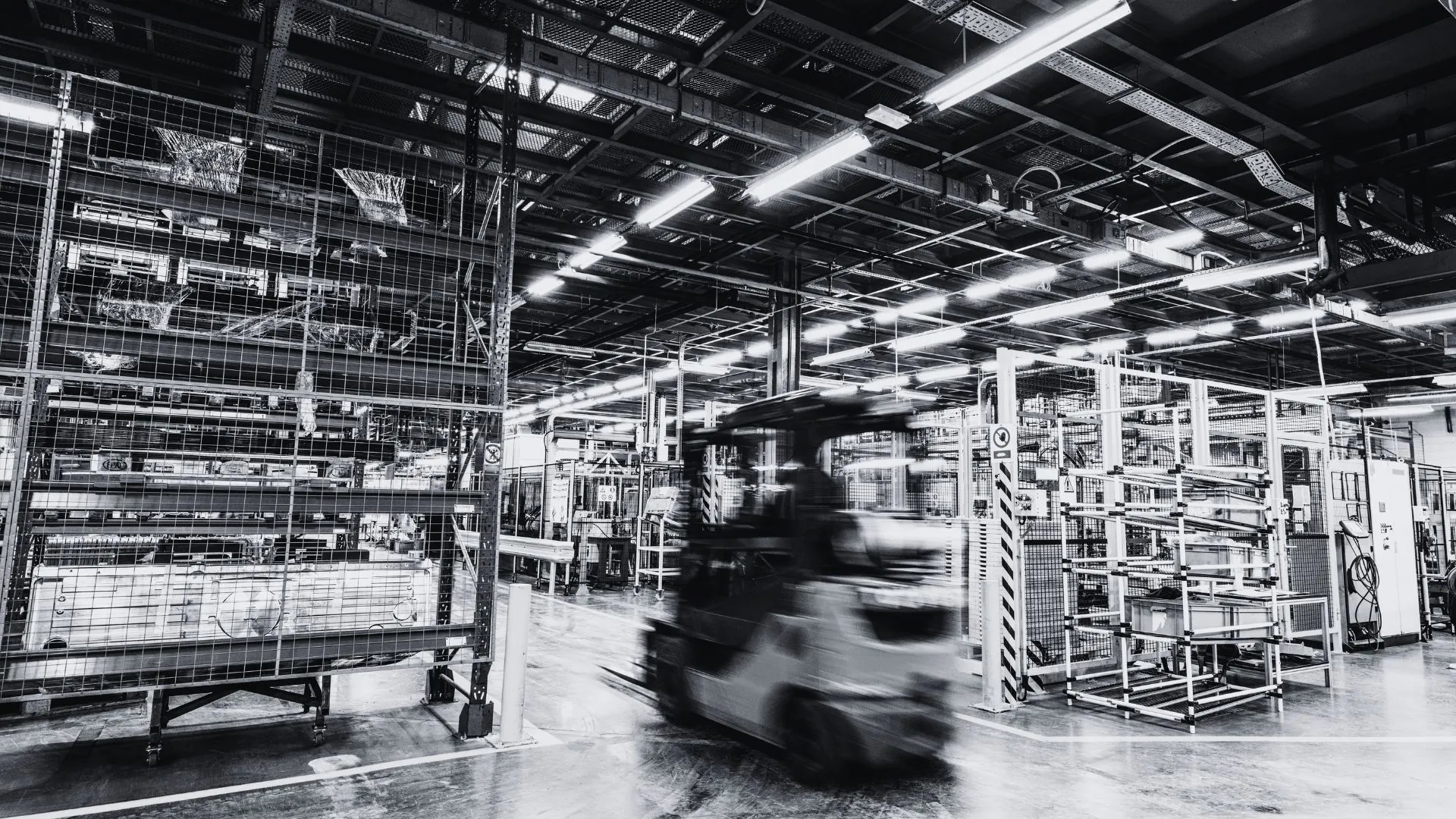3PL Logistics.
We’ve all heard of it. But does anyone really understand it? As supply chains become more complex and customer expectations continue to evolve, the logistics landscape is shifting rapidly. Businesses looking to optimise their operations and improve service delivery are faced with a crucial question: Should you be using a 3PL, a 4PL or something else entirely?
In this article, we demystify the different levels of logistics partnerships, from 3PL (Third-Party Logistics) to 4PL (Fourth-Party Logistics), and even beyond. We break down what each model offers, how they differ in terms of control, capability, and cost, and what types of businesses benefit most from each.
Whether you’re managing a growing eCommerce brand, restructuring your supply chain, or preparing for automation, this article will help you:
- Understand the practical distinctions between 3PL Logistics and 4PL Logistics.
- Identify the strategic considerations when choosing a logistics partner.
- Evaluate the role of technology, integration, and end-to-end visibility.
- Decide which model aligns best with your scale, complexity, and growth plans.
If you’ve ever wondered what level of logistics support will truly move the needle and how to avoid outgrowing your provider too soon this is your starting point.
What is 3PL vs 4PL?
The “PL” (Party Logistics) model categorises supply chain and logistics services based on the level of involvement and responsibility a provider takes within a company’s operations.
Third-Party Logistics (3PL)
3PL logistics providers handle outsourced logistics functions, such as warehousing, transportation, distribution, and order fulfilment. They manage the physical movement and storage of goods but do not control the entire supply chain strategy.
Typical 3PL Logistics Services:
- Warehousing and inventory management
- Freight forwarding and transportation
- Order fulfilment and distribution
- Value-added services (e.g., packaging, kitting)
- Returns management
Example: A retailer outsources storage and order shipping to a 3PL Logistics warehouse, which picks, packs, and ships items but does not manage the retailer’s supply chain strategy.
Fourth-Party Logistics (4PL)
4PL logistics providers act as supply chain integrators, overseeing and managing multiple 3PLs and logistics partners to provide a complete end-to-end supply chain solution. They focus on strategic planning, technology integration, and overall supply chain optimisation rather than just executing logistics tasks.
Typical 4PL Logistics Services:
- Supply chain consulting and strategy
- End-to-end logistics management
- IT system integration (WMS, TMS, ERP)
- Managing 3PL Logistics providers and other logistics partners
- Performance analytics and continuous improvement
Example: A global manufacturer hires a 4PL to coordinate multiple 3PLs, ensure supply chain visibility, and optimise cost and service levels across all logistics partners.

Are There Other PLs?
Yes, beyond 3PL Logistics and 4PL Logistics, there are other “PL” models that represent different levels of logistics outsourcing:
First-Party Logistics (1PL)
A company manages and executes its own logistics operations without outsourcing.
Example: A local farmer directly delivers produce to grocery stores using their own trucks.
Second-Party Logistics (2PL)
A business outsources transportation or warehousing to a single logistics provider but still controls the overall supply chain.
Example: A manufacturer hires a trucking company to transport goods but manages inventory and distribution internally.
Fifth-Party Logistics (5PL)
A 5PL provider manages complex, multi-party supply chains, often leveraging big data, AI, and automation to optimise logistics networks.
Example: An eCommerce fulfilment platform that uses predictive analytics to optimise global supply chains and manage multiple 4PLs and 3PLs.
Sixth-Party Logistics (6PL) and Beyond
Some experts refer to 6PL and 7PL, but these terms are not widely used.
- 6PL focuses on sustainability and green supply chain solutions.
- 7PL combines 3PL Logistics and 4PL Logistics into a single service provider that manages both execution and strategy.
Knowing all the options is just the start, knowing how to leverage each logistics system to maximise your business results requires an expert team.
David McGuire – Senior Consultant
Summary Table of Logistics Models
| PL Level | Description | Who Controls the Supply Chain? | Typical Example |
| 1PL | The company manages logistics in-house | The company | A retailer owns its own fleet and warehouses |
| 2PL | Outsourced transportation or warehousing | The company | A manufacturer contracts a trucking company |
| 3PL | Logistics operations outsourced (warehousing, transport, fulfilment) | The company, but logistics execution is outsourced | A business hires a 3PL for storage and delivery |
| 4PL | Full supply chain integration and management | The 4PL provider | A company hires a 4PL to manage multiple 3PLs |
| 5PL | Large-scale supply chain management using technology and data | The 5PL provider | AI-driven global eCommerce logistics provider |
| 6PL+ | Advanced, tech-driven, or sustainability-focused logistics solutions | Varies | Green logistics consulting firms |
Which logistics model is best?
3PL Logistics
Suits businesses needing logistics execution but wanting to retain strategic control.
4PL Logistics
Ideal for companies seeking a fully managed, integrated supply chain.
5PL Logistics
Works well for enterprises leveraging technology to optimise global logistics networks.
Unsure which logistics model is right for your growing business? Our supply chain experts are happy to discuss your options and talk you through a series of considerations that can position you for success.
Get in touch today and leverage a supply chain expert team that keeps it simple.
Want to know more about our team? Explore our Services and the Industries we support.